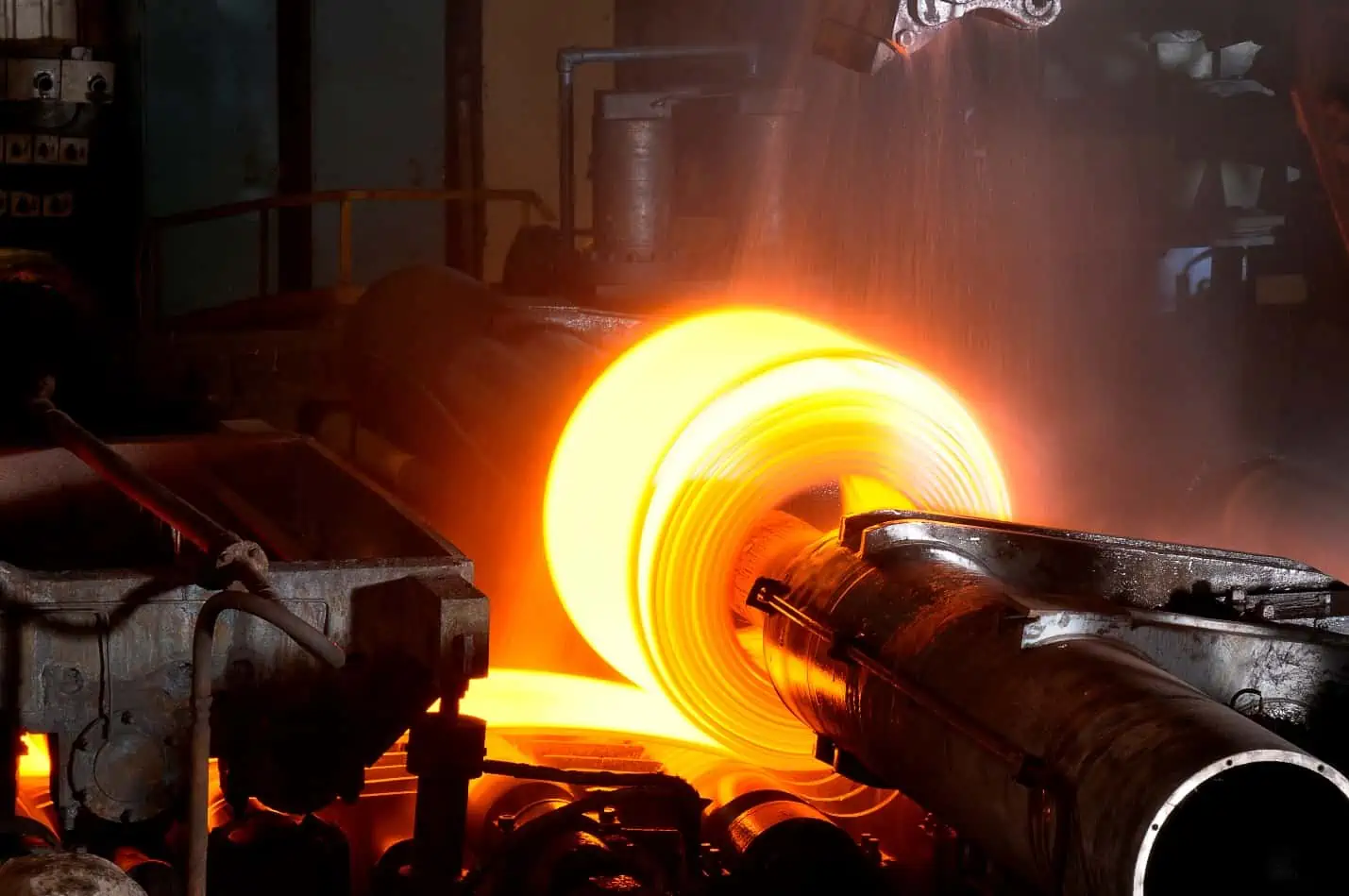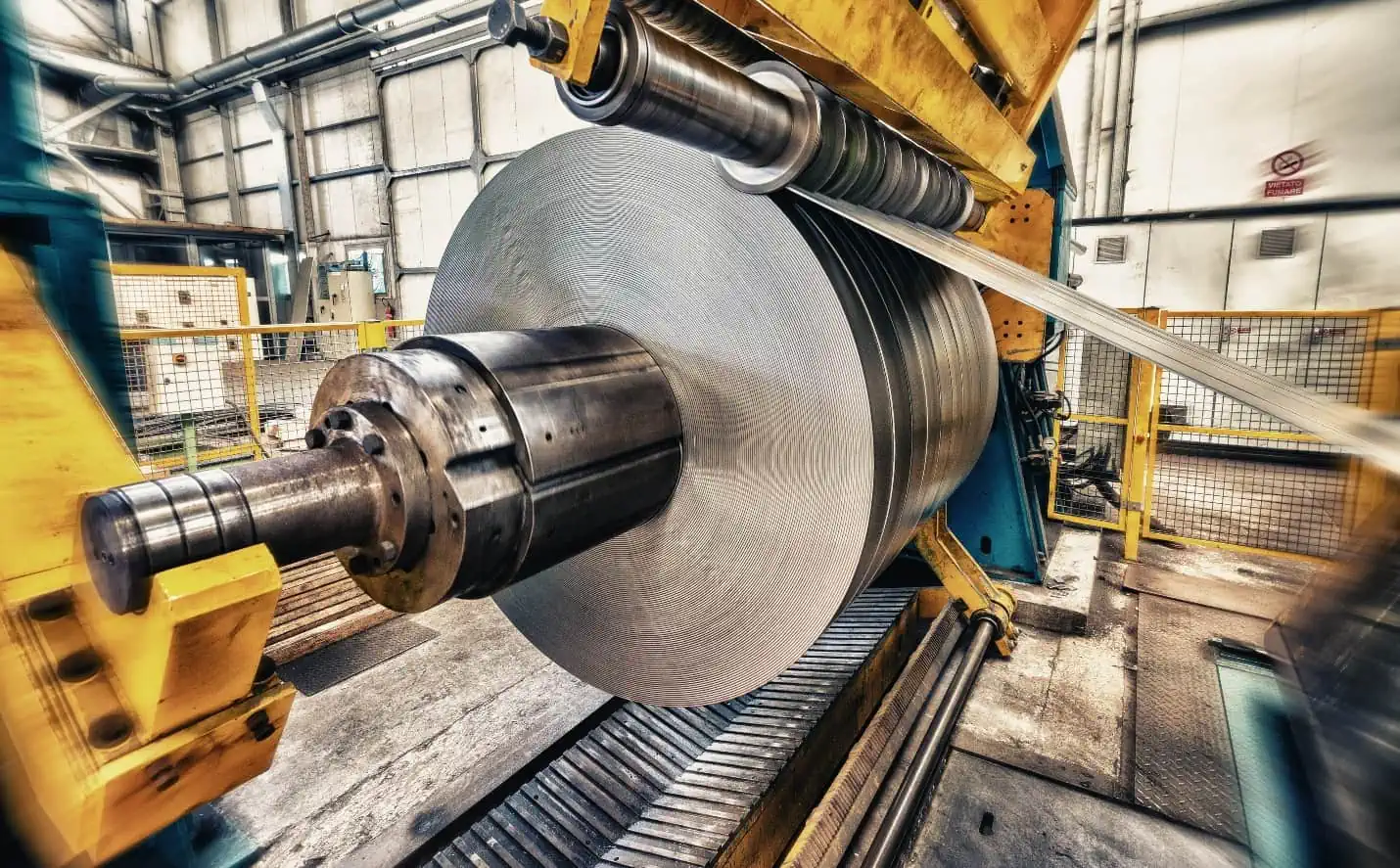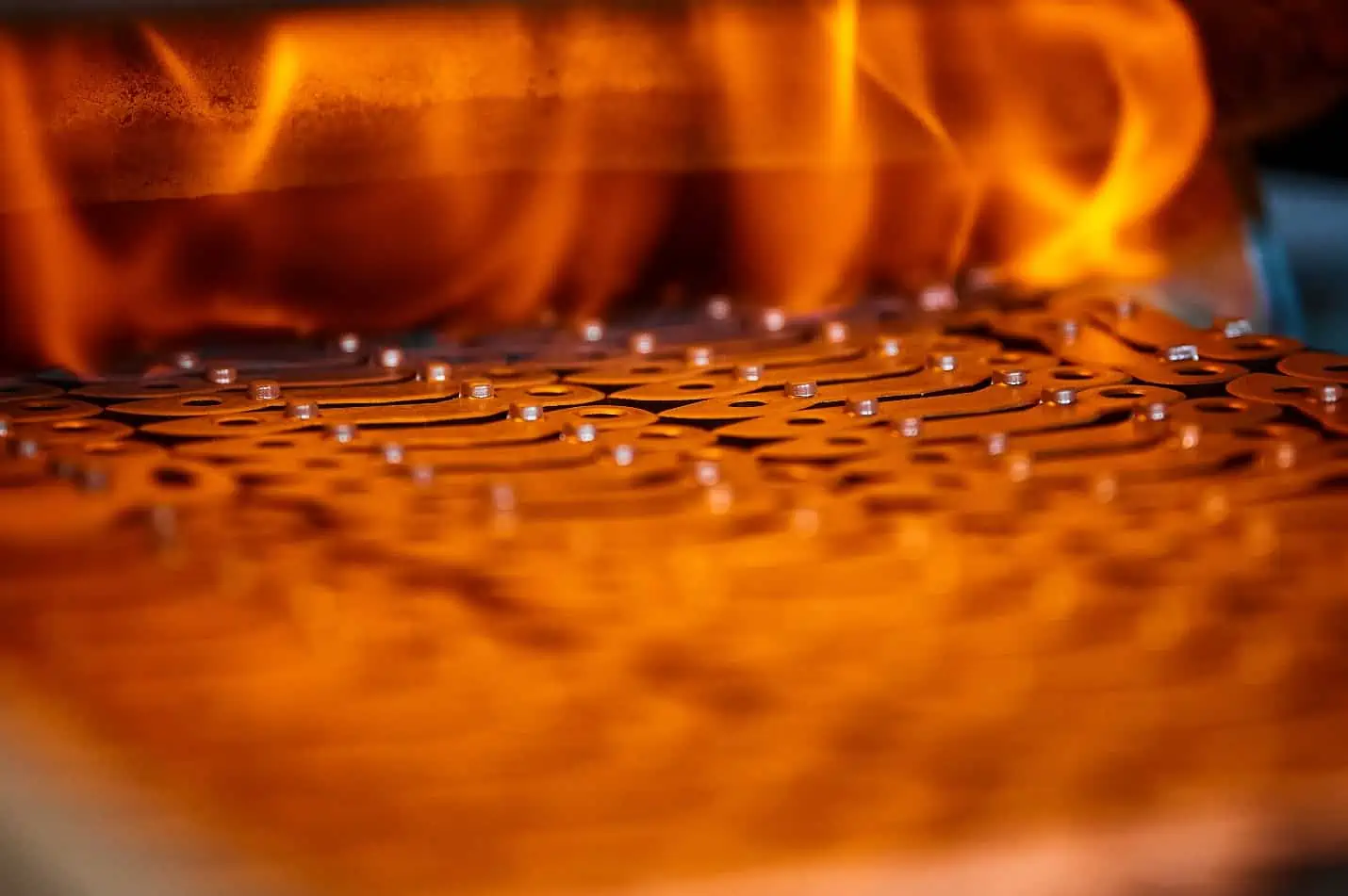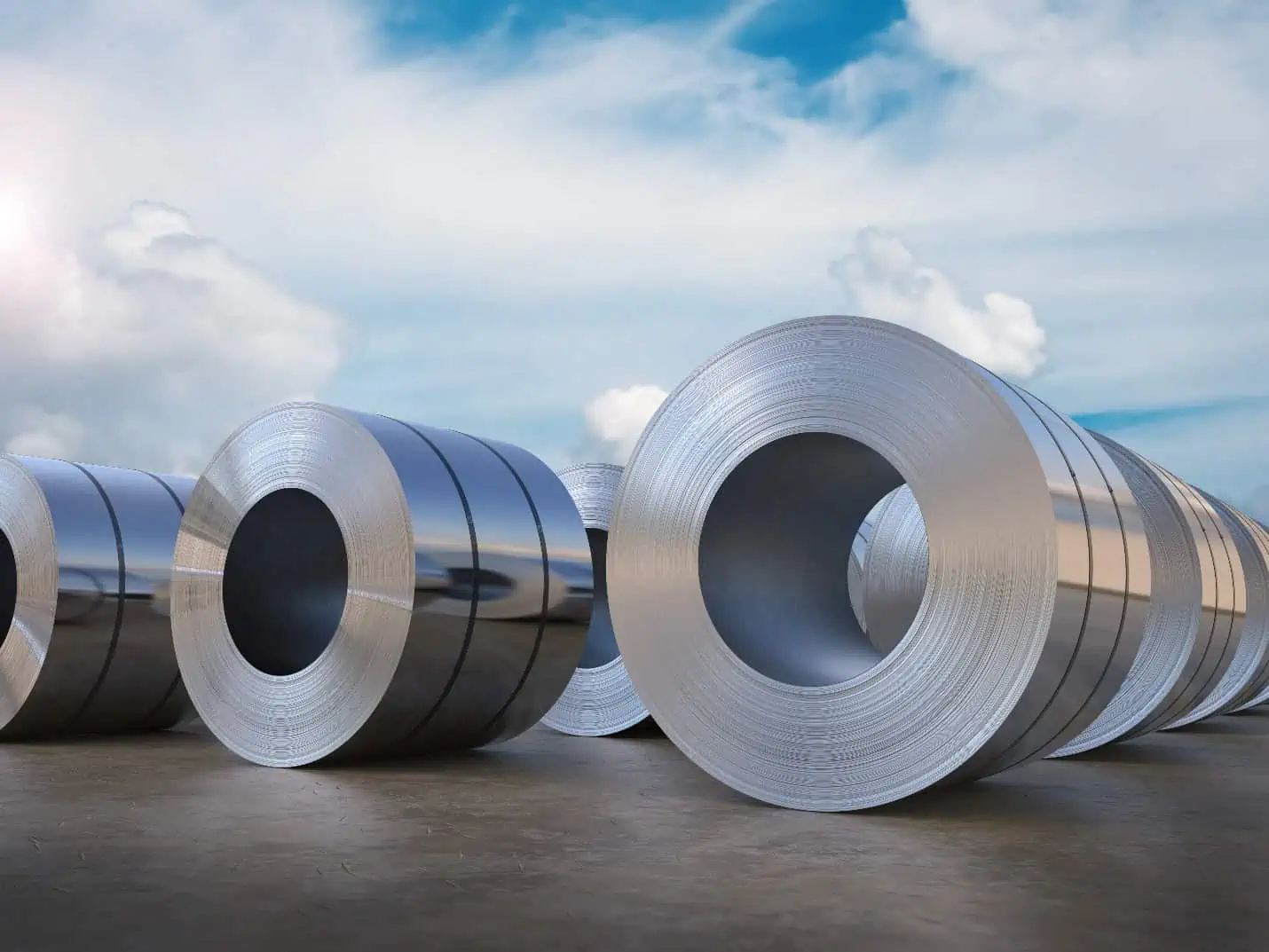Steel is commonly used in various industries due to its durability and strength. However, during manufacturing and processing, internal stresses can develop in steel, which can affect its performance and lifespan.

This article explores the methods and benefits of stress relieving steel and its potential applications across industries.
Methods of Stress Relieving Steel
The production of steel products involves a series of processes, such as melting, cooling, fabrication, forging, casting, and machining, to achieve the desired end result. However, during these processes, internal residual stresses may develop in the metal pieces due to various factors.
These include plastic deformation due to fabrication processes like machining and grinding; non-uniform cooling of a piece from an elevated temperature, such as in welding or casting; and phase transformation induced upon cooling, wherein the phases have different densities.

Elevate Your Engineering With Excel
Advance in Excel with engineering-focused training that equips you with the skills to streamline projects and accelerate your career.
These factors can result in unwanted stress within the metal, which can negatively impact the final product’s quality and durability. In the long run, these thermal stresses can negatively affect the mechanical performance of the material and can lead to distortions and premature cracking. Hence, stress relieving is performed to minimize these thermal stresses.

Stress relieving is a treatment process that aims to homogenize the microstructure and alleviate residual stresses in order to achieve the desired mechanical properties, increase durability, and ensure that the steel can withstand daily wear and tear.
This article explores two different methods of stress relieving steel: the traditional heat treatment method and the Meta-Lax stress relief method.
Traditional Stress-Relief Heat Treatment
Stress relief via heat treatment involves heating the metal to a temperature below the critical range in order to relieve residual stress. In the case of steel, this happens at around 650°C or 1202°F— about 75°C or 165°F below the transformation temperature, which is at 727°C or 1340°F.
The treatment process typically lasts an hour until the entire component reaches the desired temperature. After that, the component is removed from the furnace and air-cooled in still air.
It’s important to note that stress relieving is not meant to significantly alter the microstructure or mechanical properties. The process is solely intended to eliminate internal stresses. This is why the treatment temperature is a relatively low one such that effects resulting from cold working and other heat treatments are not affected.

Moreover, alloy steels typically undergo stress-relief heat treatment at higher temperatures.
Meta-Lax Stress Relief Process
The conventional method of stress relief through heat treatment has inherent issues. This process is both time-consuming and energy-intensive, which makes it expensive. Treating metal items in a furnace may take hours or even days, and these extended periods of furnace time translate to large amounts of fuel that must be burned.
To address these problems, Bonal Technologies has developed the Meta-Lax process, which stands for “metal relaxation.” This process aims to reduce the time and energy required for stress relief. Instead of using costly and time-consuming heat treatment, Meta-Lax utilizes non-destructive, highly efficient sub-harmonic vibrations to relieve thermal stress within metal components. This approach helps prevent distortion and cracking, providing a more efficient and effective alternative to traditional methods.
Meta-Lax treats a wider variety of workpieces with a versatile, portable unit and yields results much more quickly than conventional, stationary heat-treating furnaces. Conventional heat treatments may require over 6 hours while the Meta-Lax process requires about 30 minutes on average.
Benefits of Stress Relieving Steel
The practice of stress relieving steel is a common and essential technique in the manufacturing of steel products.
One of its primary advantages is improved machinability. When steel is stress relieved, it is easier to machine because the internal stresses are reduced.
If done correctly, stress relieving can remove at least 90% of the internal stresses developed during the machining of steel. This can result in a better surface finish and increased accuracy of the final product.

Stress relief also minimizes the possibility of warpage and distortion. During the manufacturing process, steel can become distorted or warped due to internal stresses. Stress relieving can help to alleviate these stresses, resulting in a more stable and durable final product.
In addition, the mechanical properties of the steel are enhanced. Stress relieving can improve the hardness, strength, and ductility of the steel, resulting in a stronger and more durable final product. This can be particularly important in industries where strength and durability are essential, such as in construction or automotive manufacturing.
Stress relief can also help to prevent cracking in steel products. Cracking can occur due to the internal stresses that develop during the manufacturing process, but stress relieving can help to alleviate these stresses and reduce the risk of cracking. This can result in a safer final product and can be particularly important in industries where safety is a top priority.
Factors to Consider
When performing stress relieving of steel, there are several important factors that should be considered. These include the treatment temperature, duration of the treatment process, cooling rate, steel composition, shape and size of steel, and the manufacturing processes that the steel has previously undergone.
The temperature of the stress relieving process should be carefully controlled to ensure that the steel is heated to the appropriate temperature. Although stress relief treatment is normally done at around 650°C, the exact temperature may vary depending on the composition and condition of the steel to be relieved. Stress relieving can be performed at temperatures between 500°C to 700°C.

The length of treatment time is also a crucial factor. If the steel is held for too short a time, the stress relieving process may be incomplete, whereas if the steel is held for too long, it may be at risk of becoming over-tempered.
After heating the steel, the cooling rate should be controlled to prevent the formation of new stresses. Generally, slow cooling is preferred.
Lastly, the condition and composition of the steel component will ultimately affect the required stress relieving process. For example, certain alloy compositions may require different temperatures or treatment durations to achieve proper stress relief. In a similar manner, larger or thicker sections may require longer times or higher temperatures.
